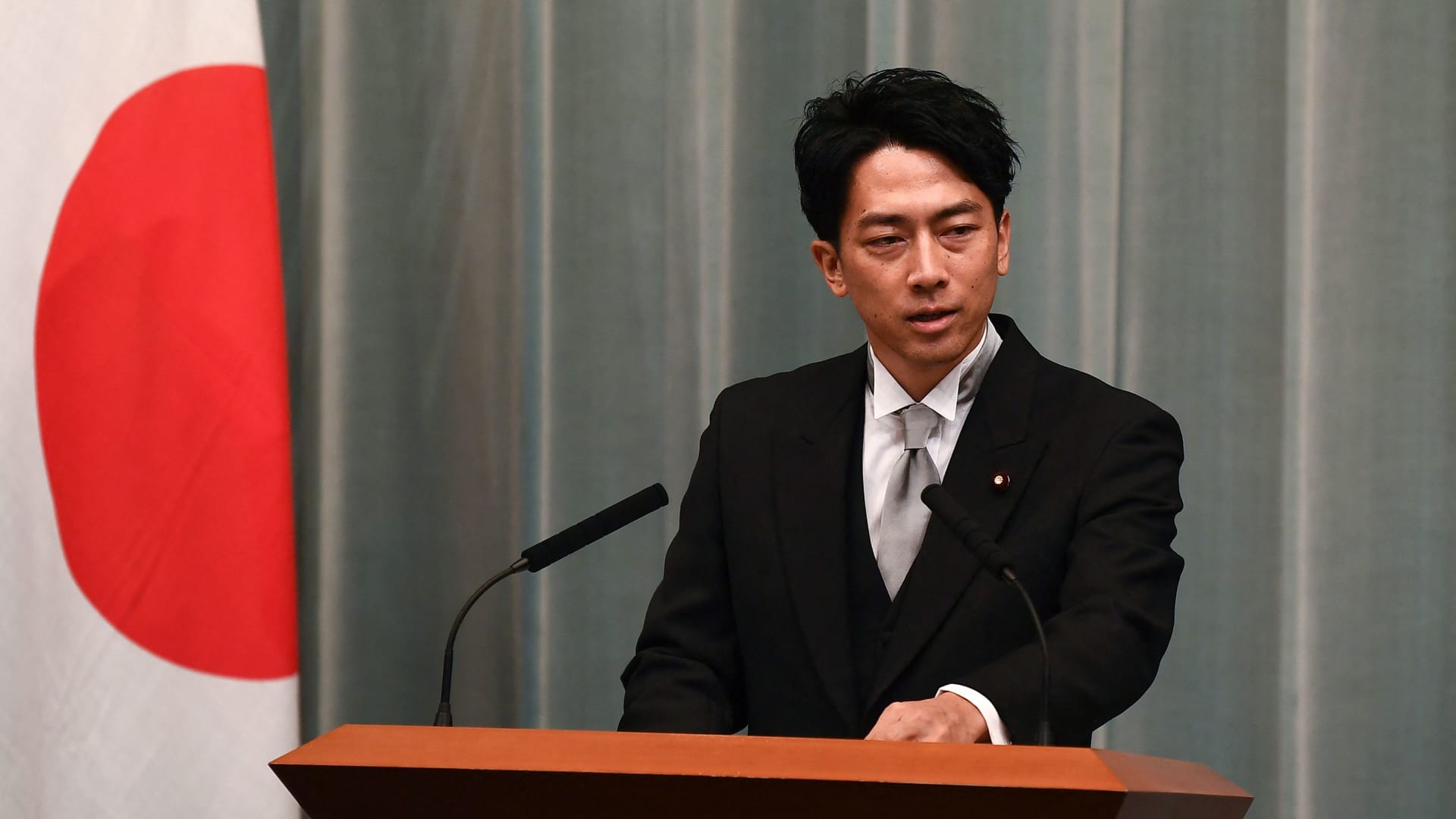Japan’s Liberal Democratic Party (LDP) is on the verge of a pivotal leadership election in September, which will also determine the country’s next prime minister. This election has drawn considerable attention, not only for the number of candidates expected to compete but also for the unpredictability that has come to define the race. The LDP has made strides in reducing factionalism, though old factional ties still influence the party’s internal dynamics.
One of the standout candidates is Shinjiro Koizumi, a 43-year-old politician poised to announce his candidacy on September 6. As the son of former Prime Minister Junichiro Koizumi, Shinjiro is set to be the youngest candidate in the race. His entry, along with that of 49-year-old Takayuki Kobayashi, signals a potential generational shift within the LDP, as both men are seen as representing a younger, more dynamic approach to leadership.
Koizumi’s political career includes a notable stint as environment minister, where he championed renewable energy initiatives. His popularity surged after he was seen surfing near Fukushima, an act aimed at dispelling fears over water safety following the discharge of treated wastewater. Additionally, Koizumi broke new ground in Japan by becoming the first sitting cabinet minister to take paternity leave, a move that was widely praised and highlighted his progressive stance on social issues.
Political analyst Rintaro Nishimura of The Asia Group describes Koizumi as the most promising candidate in the field, largely due to the enduring legacy of his father, who was a popular reformist prime minister. Koizumi’s clean image and his reputation as a fresh, scandal-free politician make him an appealing choice for many within the LDP. Nishimura believes that Koizumi is well-positioned to secure votes from both LDP Diet members and the party’s rank-and-file across Japan.
The LDP’s election process is designed to ensure that the winner has broad support, requiring a candidate to secure a majority of votes. If no candidate achieves a majority, the top two will face off in a runoff election. This system, combined with the uncertainty surrounding the general election next year, has made the current leadership race particularly fraught. Many LDP members, especially younger Diet members with fewer terms in office, are anxious about their electoral prospects and may gravitate toward a candidate like Koizumi, who is seen as having strong electoral appeal.
Koizumi’s popularity extends beyond the party’s internal dynamics. A recent Asahi Shimbun poll shows that he is tied with Shigeru Ishiba as the most popular choice among the general public, with each garnering 21% support. Among LDP supporters, Koizumi holds a slight advantage, with 28% backing him compared to Ishiba’s 23%.
However, despite his popularity, there are concerns about Koizumi’s readiness for the top job. Tobias Harris, founder of Japan Foresight, notes that while Koizumi has the potential to significantly impact the race, his political experience is limited. He has not held a senior leadership position within the LDP or a major cabinet role, and his foreign policy experience is minimal. Harris also highlights the ambiguity surrounding Koizumi’s economic policies, particularly his stance on the Bank of Japan’s policy normalization.
Nicholas Smith, a Japan strategist at CLSA, echoes these concerns, arguing that it might be premature for Koizumi to become prime minister. Although he has been elected five times, which is just enough to meet the minimum experience threshold, his cabinet experience is limited to a minor role overseeing nuclear power safety. Smith contends that such limited experience could be a significant drawback in Koizumi’s bid for the premiership.
As the LDP leadership election approaches on September 27, the outcome remains uncertain. Koizumi’s candidacy, while promising, faces significant challenges that could ultimately determine the future direction of Japan’s leadership.









